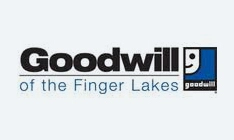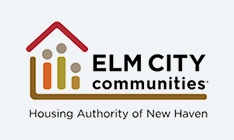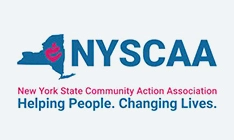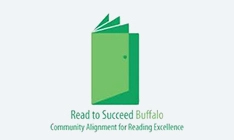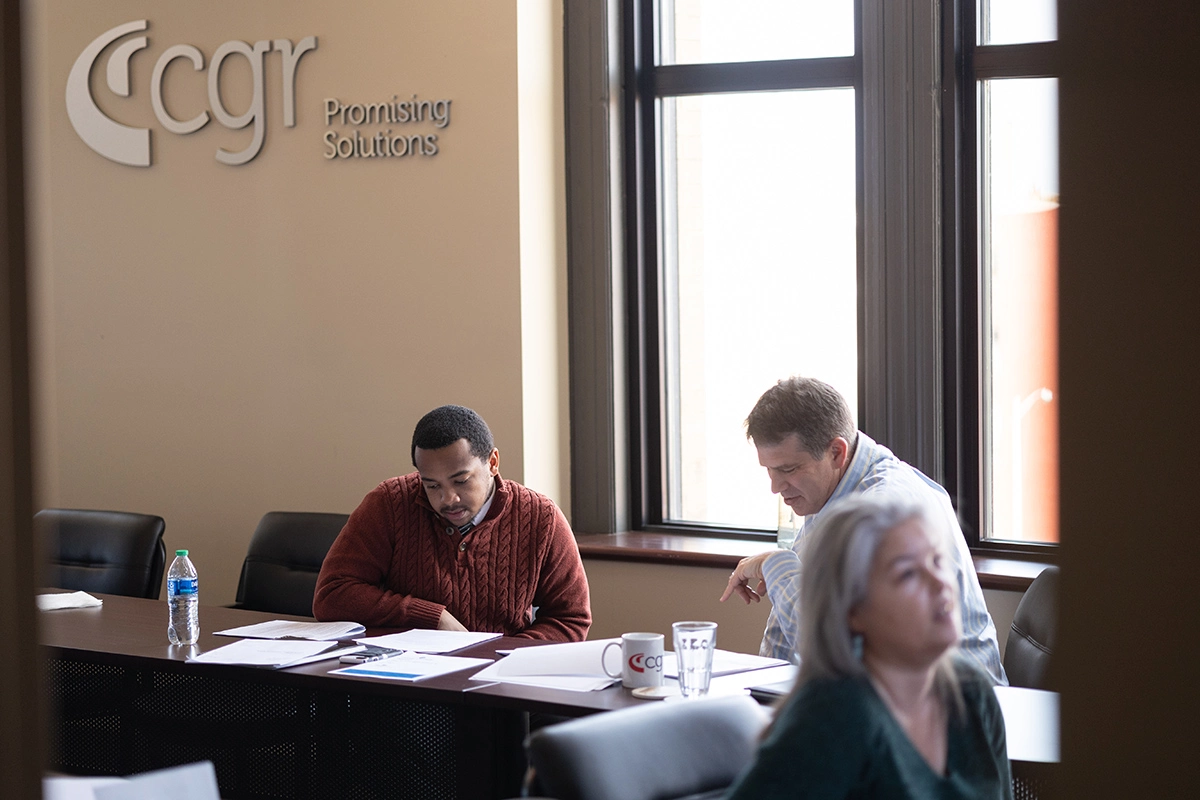
Strategic planning can be a box-checking exercise, or a powerful way of leveling up an initiative or organization’s work and impact. At CGR, we work with clients to create an inclusive process of envisioning the future and developing the strategies to achieve the vision. We know the value of consulting a wide range of stakeholders, so we design processes to ensure the inclusion of multiple perspectives both inside and outside the organization or initiative. Any strategy today should attend to equity, diversity and inclusion and include methods for tracking, measuring and reporting on progress and learning from and adapt to challenges. Our processes work for organizations and initiatives of all sizes, from small community-based organizations to large multi-dimensional nonprofits.
Featured Work
PathStone Corp. Strategic Plan
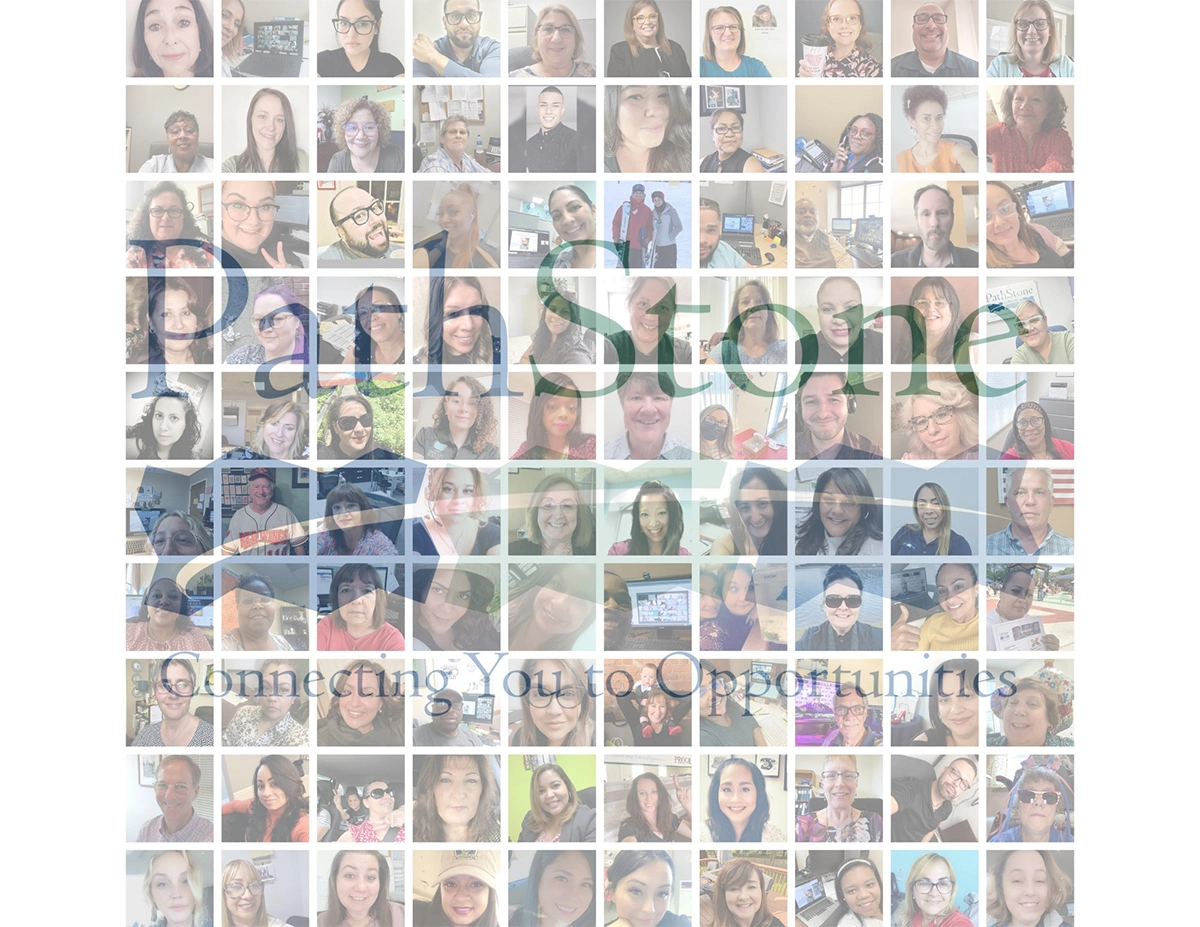
CGR facilitated a strategic planning process for PathStone Corp., a nonprofit community development and human service organization headquartered in Rochester, NY, and serving people across seven states and Puerto Rico. The planning process followed a major leadership transition for the organization and was intended to focus the senior team’s activities over a three-year period. CGR conducted a survey of PathStone’s more than 500 employees and interviewed 16 stakeholders to inform an analysis of PathStone’s strengths, weaknesses, opportunities and threats. CGR staff then led PathStone’s leadership team through a series of facilitated work sessions to craft a written strategic plan. The plan established several measurable, high-level goals on internal communication, assessing programs for mission fit and long-term viability, ensuring workforce excellence, and deepening PathStone’s commitment to diversity, equity and inclusion. For each goal, the plan identified specific initiatives, who would be responsible to implement them, and a target date for completion. PathStone’s leadership adopted the strategic plan and are in the process of pursuing its goals.
United Way of Greater Rochester-CGR Partnership

The United Way of Greater Rochester and CGR undertook an 18-month partnership, starting in 2017, to use data, analysis, research and fresh thinking to enhance and accelerate positive change in the community by developing a new strategic investment framework.
Under this partnership, the United Way and CGR worked together closely to share questions, data, research, insights, learning from other communities and feedback from the Rochester community. CGR developed a community needs assessment and a series of issue briefs on topic such as current trends in philanthropy and ways that United Ways across the country are innovating their practices. CGR drafted an investment framework that reflected community needs and the larger landscape of funder priorities and collective initiatives, setting some new and some existing priorities for United Way investment in the next 5-10 years.
Goodwill Strategic Plan – Consulting on DEI and Measures
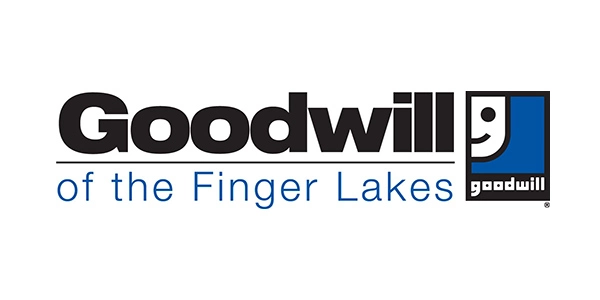
In 2022, CGR worked with Goodwill to develop a measurement framework for tracking progress in its new strategic plan, as well as helping the agency to weave its diversity, equity and inclusion priorities into the plan. CGR staff interviewed senior leaders to understand the organization’s priorities and reviewed initial measures that they had developed. We created a structure for tracking activities, process improvements and impact, and developed measures for each priority in the plan, as well as adding language to the plan highlighting the DEI aspects.
Corn Hill Neighbors Association (Rochester, NY) Strategic Plan

The Corn Hill Neighbors Association (CHNA) recently engaged CGR to help it discern a set of new strategic goals, based on community input. CHNA has faced recent calls from neighborhood residents for increased public accountability in its stewardship of its resources. CHNA sought to update its organizational goals and priorities as guidance for future investment of resources. To gather community input, CGR conducted a demographic analysis of the neighborhood based on the latest Census data, a comprehensive survey of neighborhood residents, and two focus groups of individuals connected to the neighborhood. CGR was intentional in attempting to balance representation in terms of diverse neighborhood demographics, for example, by proactively reaching out to those less currently represented in CHNA activities, such as people of color and renters in the neighborhood. This community input was reviewed and debated by CHNA’s full board over the course of three CGR-led strategic planning sessions, resulting in the identification of four top priorities for future CHNA work, each supported by two immediate action steps. CHNA is working to share these priorities with the public and organize their enactment.
Essex County EMS Strategic Plan
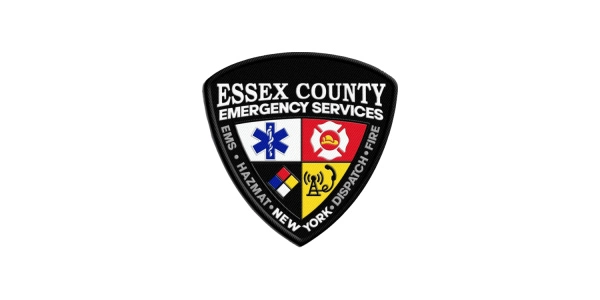
Implementing recommendations from a 2016 CGR engagement, Essex County changed dispatch protocols, improved data management and increased service-sharing among the County and partner agencies to improve EMS services to residents. The County has established a county wide EMS ALS response system that became operational in 2020. Essex County had engaged CGR to undertake a comprehensive strategic plan as part of an effort to enhance the provision of EMS care in this rural county. The project involved extensive interviews, focus groups and data analysis to identify current and pending gaps in the EMS system. Then, a series of recommendations ranging from minor work practices to the development of a new response system were prepared in coordination with local officials. The longer-term changes include the development of state legislation to enable the creation of a county-wide ambulance district, which is planned for the next legislative cycle. View the comprehensive report and data visualizations at www.cgr.org/essex-ems.






